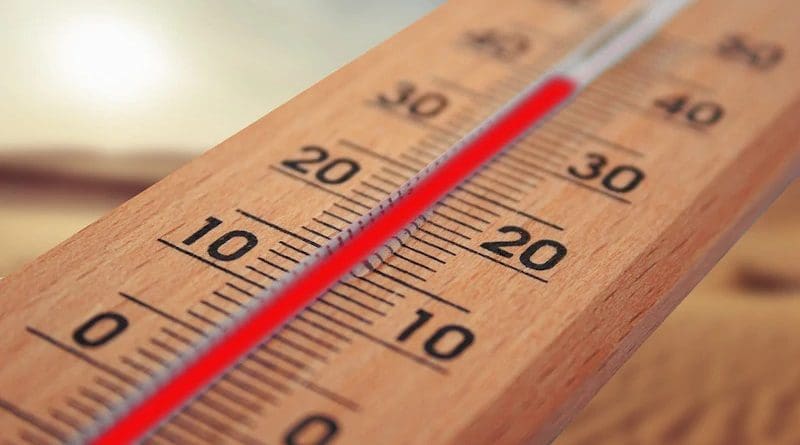Understanding The Emergence Of The Global Warming Signal
Global warming has been known by the public around the world. The warming trend generally is represented by the warming rate of surface air temperature (SAT). What about the role of the warming trend play on the variability of the SAT? The answer to the question could provide a better view to understand the effect of global warming on the ecoclimate. The paper titled “role of the warming trend on the global land surface air temperature” has published in Science China Earth Sciences in June, 2021.
The warming rate generally increases northward from tropics to high-latitudes, with the warming rate over high-latitudes more than two times of that over the tropics. However, the contribution of the warming trend to the SAT variability exhibits different characteristics from the warming rate, with the largest contribution around the tropics and least around the high-latitudes. In other words, the signal of the warming trend may be more significant over the tropics than that over the high-latitudes though the warming rate is much larger in the high-latitudes than that in the tropics.
Generally, less than one-third of annual SAT variations were contributed by the warming trend over large parts of the globe. It seems that the warming may be not an immediate problem for the local environment although its effects were substantial. However, the ratios were up to two-thirds over eastern South America, parts of South Africa and the regions around the southwestern Mediterranean and Sunda islands where the absolute warming rate was moderate but the endemic species were undergoing exceptional loss of habitat.
Therefore, the ratio of the warming trend to the SAT variations may be a better measure compared to the absolute warming rate for the local ecoclimate. The warming trend dominate the local SAT variations and may disastrously damage the local ecosystem over these high-ratio regions. If the land SAT maintains the present warming trend in the future, the damage may be sustained in the future. We should also pay more attention to the regions with the high ratio, not the regions with the high absolute warming rate.

